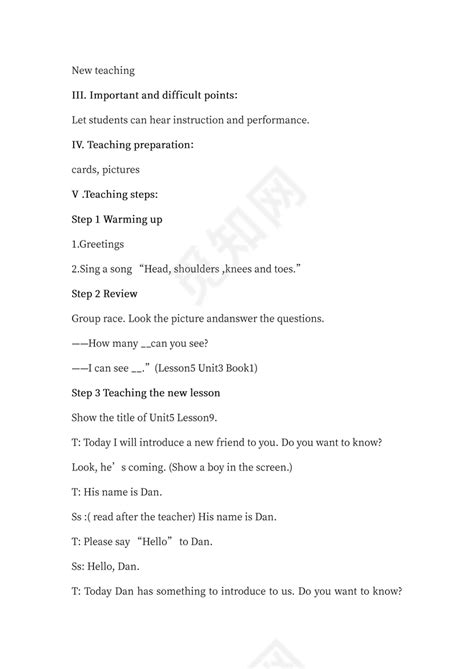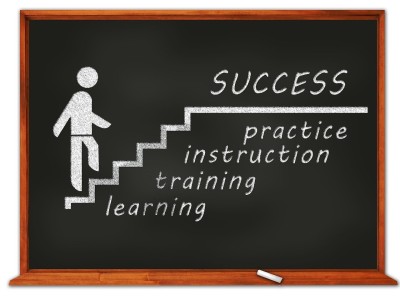小学英语老师工作内容
Title: Effective Strategies for Teaching English to Elementary Students
Teaching English to elementary students requires a combination of creativity, patience, and effective strategies to engage young minds and foster language acquisition. As a primary school English teacher, your role extends beyond imparting vocabulary and grammar rules; you're also shaping the foundation for lifelong language skills. Here are some strategies and tips to enhance your teaching effectiveness:
1. Create a Positive Learning Environment:
Warm Welcome:
Greet students with enthusiasm to create a positive atmosphere conducive to learning.
Classroom Setup:
Arrange desks in a way that encourages interaction and minimizes distractions.
Visual Aids:
Utilize colorful posters, flashcards, and props to reinforce vocabulary and concepts visually. 2. Interactive Activities:
Games:
Incorporate educational games like word bingo, charades, or Simon Says to make learning fun.
RolePlaying:
Encourage roleplaying activities where students can practice conversations in reallife scenarios.
Group Work:
Foster collaboration through group projects and pair work to enhance speaking and listening skills. 3. Multisensory Approach:
Songs and Chants:
Use catchy songs and rhymes to teach pronunciation and intonation.
Handson Activities:
Engage tactile learners with handson activities like crafting, cooking, or experiments related to English concepts.
Storytelling:
Capture students' imagination with storytelling sessions, accompanied by visual aids and gestures. 4. Differentiated Instruction:
Assessment:
Regularly assess students' language proficiency to tailor lessons to their individual needs.
Flexible Grouping:
Group students based on their proficiency level to provide targeted instruction and support.
Scaffolded Learning:
Break down complex concepts into manageable steps, providing support as students progress. 5. Cultural Integration:
Cultural Exchange:
Introduce aspects of Englishspeaking countries' culture through videos, pictures, and discussions.
Celebrations:
Celebrate English holidays and traditions to expose students to cultural diversity and enhance their understanding of the language. 6. Use of Technology:
Educational Apps:
Incorporate ageappropriate language learning apps and websites to supplement classroom instruction.
Interactive Whiteboards:
Utilize interactive whiteboards for multimedia presentations and interactive activities.
Virtual Pen Pals:
Connect with classrooms in Englishspeaking countries for virtual exchange programs to practice language skills in a realworld context. 7. Effective Communication:
Clear Instructions:
Use simple language and gestures to ensure students understand tasks and expectations.
Encourage Participation:
Create a supportive environment where students feel comfortable expressing themselves in English.
Feedback:
Provide constructive feedback and praise to motivate students and reinforce their progress. 8. Parental Involvement:
Communication Channels:
Maintain open communication with parents through newsletters, emails, or parentteacher meetings to update them on their child's progress and suggest activities for home practice.
Home Activities:
Provide parents with resources and suggestions for English learning activities they can do with their children at home.In conclusion, being an effective elementary English teacher involves more than just teaching language skills; it requires creating a nurturing environment where students feel motivated to learn and explore the English language. By employing these strategies and fostering a love for learning, you can empower your students to become confident English speakers and lifelong learners.





